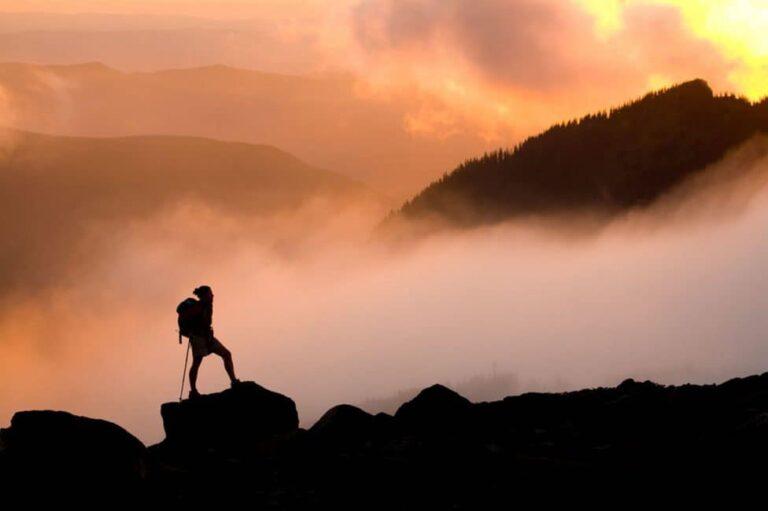Notifications

4 minutes, 42 seconds
-293 Views 0 Comments 0 Likes 0 Reviews

The Har Ki Doon Trek stands out for its scenic landscapes and rich cultural experiences. Here are some reasons why this trek is a must:
The Har Ki Doon Trek is not just a journey through stunning landscapes, but also an exploration of the diverse cultural heritage and pristine natural environment of Uttarakhand. The trek takes adventurers into the heart of the Govind Pashu Vihar Wildlife Sanctuary, which is home to a range of flora and fauna, including Himalayan black bears, leopards, and a variety of birds like the Himalayan griffon vulture and the golden eagle. The rich biodiversity and unique ecosystems in the region make the trek a haven for nature enthusiasts and wildlife photographers.
The Har Ki Doon Trek is one of the most popular and scenic trekking routes in the Indian Himalayas, located in the state of Uttarakhand. This trek is known for its breathtaking landscapes, rich biodiversity, and cultural experiences. It is often referred to as the “Valley of Gods” due to its serene beauty and the presence of ancient temples and villages.
The trek starts from the small village of Sankri, situated at an altitude of around 1,900 meters. The journey takes trekkers through dense forests, charming villages, and picturesque meadows, all while offering panoramic views of snow-capped peaks like Swargarohini, Bandarpoonch, and Black Peak. The trail also passes through the pristine Har Ki Doon valley, which is surrounded by alpine meadows and offers a mesmerizing view of the surrounding mountain ranges.
Throughout the trek, trekkers encounter diverse flora and fauna, including various species of birds, animals, and rare plants. The forests of oak, pine, and deodar trees further enhance the scenic beauty of the trek. The trek is also culturally enriching as trekkers interact with the local people, primarily the Gujjar and Sia ethnic communities, and experience their traditional way of life. The Har Ki Doon Trek is considered moderate in difficulty, making it suitable for both beginners and experienced trekkers. The trek spans about 6 to 7 days, covering a distance of approximately 50 kilometers. The best time to undertake the trek is between May to June and September to November when the weather is clear and conducive for trekking.
